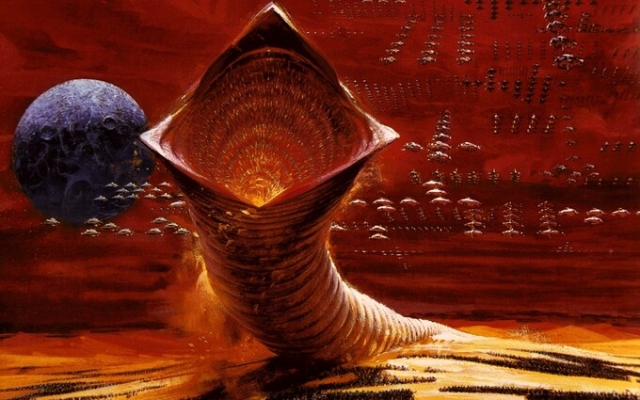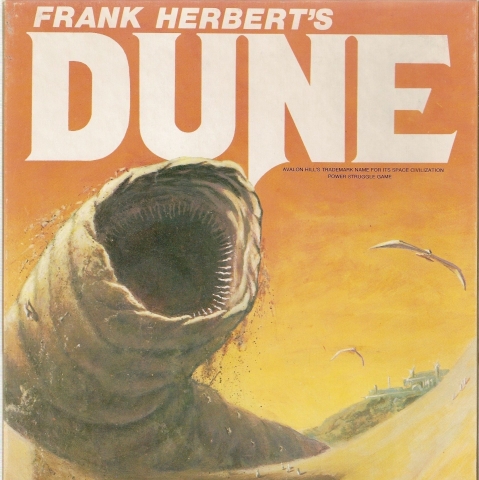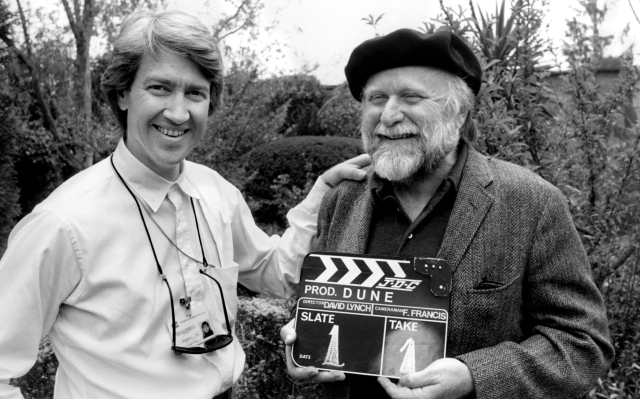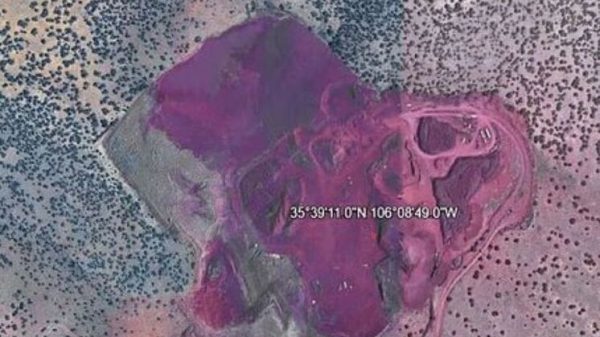 Illustration for David Lynch's 1984 film «Dune». Photo: Alamy
Illustration for David Lynch's 1984 film «Dune». Photo: Alamy
All in Dune: Part Two Universe after Spicy melange, also known as spice. It's rare, makes you see crazy things, and if one American mushroom lover is to be believed, you may well have walked right past your own spice stash every time you went for a walk through the British countryside.
In Frank Herbert's sequel novel Children of Dune, the dictionary describes the spice as «found only in the deepest sands of the desert of Arrakis, associated with the prophetic visions of Paul Muad'Dib (Atreides), the first Free Mahdi;» also works for the Space Guild of Navigators and the Bene Gesserit.» There are countless ways to read spices. It is a substance that “gives insight,” which gives access to the “inner eye.”
Herbert took peyote, a substance often made into tea for medicinal rituals in Central America, which has hallucinogenic properties due to the mescaline present in it. He was also very interested in Carl Jung and his idea of the collective unconscious. And while Dune's initial publication in 1965 meant it was a few years too early for late-1960s psychedelia, it certainly resonated with the new spirit of self-exploration and spiritual liberation. This also overlapped with addiction to hallucinogenic mushrooms.

Paul Stamets is, as his biography X says, “mycologist, writer, inventor, teacher, earthman.” His thick gray beard, glasses and sensible rain pants make him look like exactly the kind of man you'd want with you on your foraging expedition, and Stamets is a dedicated mushroom enthusiast and expert. His social media is full of photos of him posing next to giant growths of orange chicken and wild mushrooms, or advising that the amadou mushroom can, in a pinch, be used as a handy fire starter or hat. In the photo, Stamets, 21, is shown in the kitchen next to a pressure cooker, his long dark hair merged into a beard and a knitted hat on his head. “I couldn’t stop talking about mushrooms then and I certainly won’t stop talking now!” runs the header.
Stamets told fellow mushroom fan Herbert about their shared enthusiasm for the possibilities that mushrooms open up, both the completely innocent ones and those with great mind-expanding potential.
Indeed, in 2005, Stamets published a book called Running Mycelium: How Fungi Can Help Save the World. “When I met him in the early 1980s, Frank enjoyed picking mushrooms on his property near Port Townsend, Washington,” Stamets writes in it. “An avid mushroom forager, he felt there was no point in throwing imperfect wild chanterelles into the trash or compost. Instead, he placed a few weathered chanterelles in a five-gallon bucket of water, added a little salt, and then, after a day or two, poured the spore mass onto the ground at the base of the newly planted fir trees.” /p>  Early cover of Frank Herbert's «Dune»
Early cover of Frank Herbert's «Dune»
It's unusual for mushrooms to start growing next to newly planted trees, but Herbert found a way to do it. “When he told me that chanterelles grow on trees that are not even 10 years old, I couldn’t believe it. No one has previously reported chanterelles appearing near such young trees, and no one has reported them growing as a result of using this method.»
The mushroom industry apparently later confirmed Herbert's findings. Herbert, however, admitted to Stamets that during his journey into the fungal kingdom he had made even more intriguing discoveries than spore suspensions. Hidden away in chapter nine of The Mycelium Run are some instructive insights into the nature of spices and the thoughts Herbert shared with Stamets on the subject. Herbert explained that spice was an analogy not only for the experience of seeing and feeling beyond that level of perception, but also for how societies, religions, and the characters in Dune were inspired by the way mushrooms and fungi work.
“Frank told me,” Stamets wrote, “that the main idea of Dune was a magical spice (spores) that allows you to bend space (tripping), giant sandworms (larvae that digest mushrooms), eyes of the Loose (the azure blue Psilocybe mushrooms), the mysticism of the female spiritual warriors, the Bene Gesserit (influenced by the tales of Maria Sabina and the sacred mushroom cults of Mexico) — stemmed from his perception of the life cycle of mushrooms, and his imagination was stimulated by the experience of using magic mushrooms.»
 Frank Herbert (right) with David Lynch in 1984 Photo: Alamy
Frank Herbert (right) with David Lynch in 1984 Photo: Alamy
Generally speaking, consuming huge amounts of hallucinogens is unlikely to enhance the productivity and focus that results in a 900-page opus that generation after generation has found both fascinating and coherent. But the idea of Dune continued to inspire pharmaceutical astronauts in the decades since its publication.
In 2013, director Alejandro Jodorowsky said in an interview that his goal with his famous failed attempt to make a Dune film was to “make a film that would give people who were taking LSD at the time the hallucinations that come with taking the drug. but without hallucinations.”
There is a slight difference here, however: Jodorowsky's LSD-induced visions may have arisen from a chemically created solution soaked in blotting paper; Herbert's original concept was something much more down-to-earth and attuned to the rhythms of the ecosystem he could see around him in Washington State.
Yes, he may have found a way to advance this process with his spore slurry, but the empathy and trust in nature that relies on mushrooms for your visions implies a roll call that is more in line with how societies The dunes work, especially when it comes to sandworms, which produce more spices. You probably shouldn't rush out and eat the first mushrooms you find behind the barn in hopes of creating your own series of legendarily difficult sci-fi adventure novels to film, but without magic mushrooms there probably wouldn't be a Dune.






















































Свежие комментарии